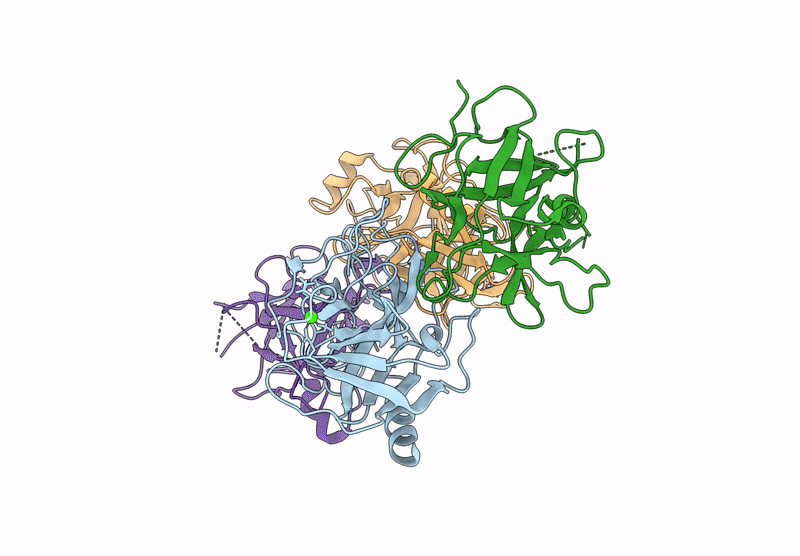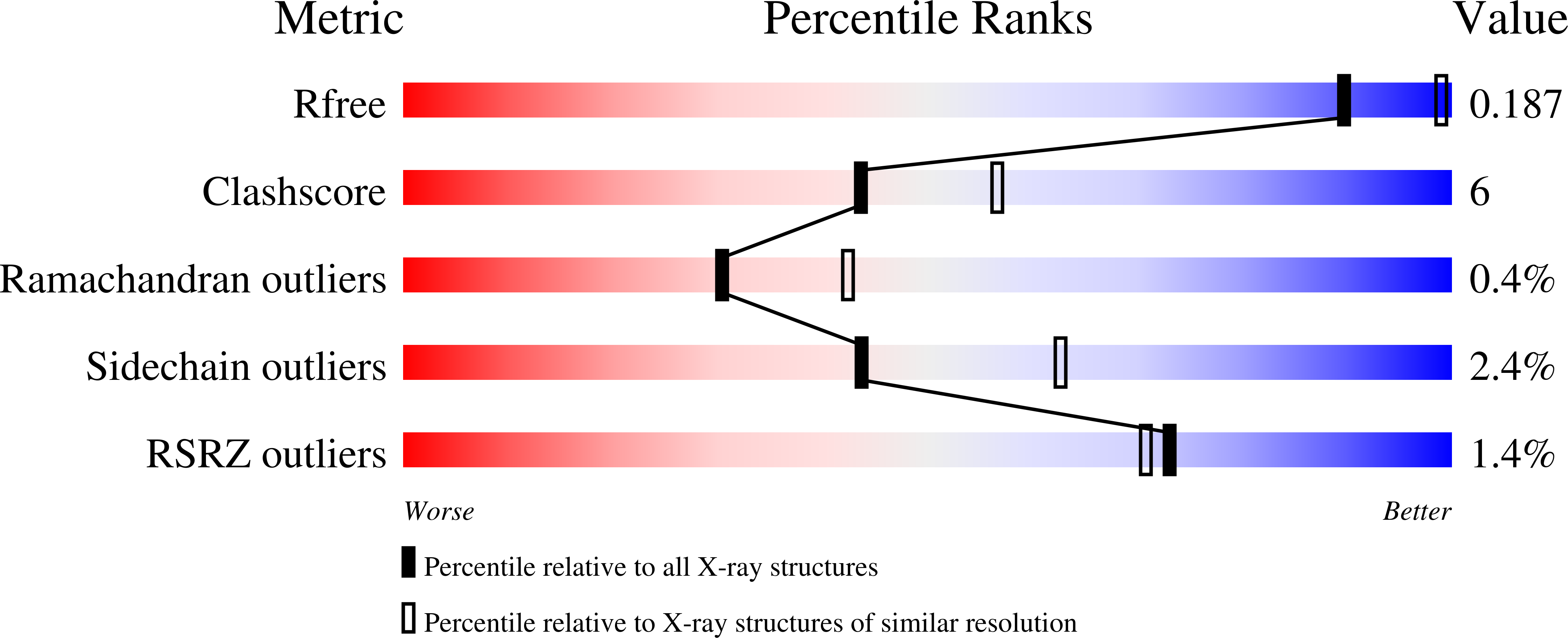
Deposition Date
2024-07-24
Release Date
2025-05-14
Last Version Date
2025-05-21
Entry Detail
PDB ID:
9CT1
Keywords:
Title:
Complex between the porcine trypsin and M271 a Kunitz-STI from Solanum tuberosum
Biological Source:
Source Organism:
Solanum tuberosum (Taxon ID: 4113)
Sus scrofa (Taxon ID: 9823)
Sus scrofa (Taxon ID: 9823)
Host Organism:
Method Details:
Experimental Method:
Resolution:
2.42 Å
R-Value Free:
0.24
R-Value Work:
0.18
R-Value Observed:
0.18
Space Group:
P 21 21 21


